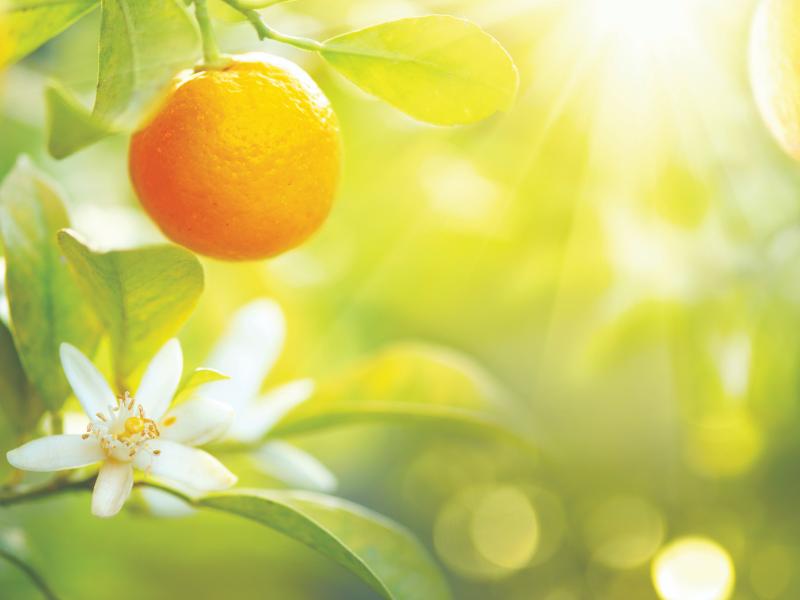Florida Citrus Volumes Rebounding in 2019
by BRENDA EGGERT BRADER
Last fall, the USDA released their 2019 Citrus Forecast and predicted a nice rebound year for the state’s citrus and grapefruit industries. So far early into the 2019 crop, those predictions look to be accurate.
The USDA forecast for Florida’s all orange output was set at 79 million boxes for 2018-19, up 76 percent from 44.95 million boxes in the 2017-18 season. Grapefruit output was forecast 6.7 million boxes for 2018-19, up 72 percent from 3.88 million boxes from 2017-18. Red grapefruit output was 5.5 million boxes, up from 3.18 million boxes last season. Tangerines and mandarins followed suit with similar increases.
“We are still in the early part of the season with Hamlins and specialty fruit and things are progressing very well. This is the best crop to date in the three to four seasons in the light that the trees’ leaf and root structures are being better adapted in a very, very good crop,” said Kyle Story, vice president of the Lake Wales-based Story Companies which owns and/or manages about 7,000 acres of citrus.
Florida’s citrus crop last season was impacted by damage sustained from not only Hurricane Irma, but citrus greening disease as well.
Florida is the largest orange-producing state in the United States and the third largest orange producer in the world behind Brazil and China. The $10 billion citrus industry takes place in 28 of the state’s 67 counties with the bulk of the production coming from Central Florida. However, Florida’s citrus industry and position in the global market is being jeopardized by a bacterial disease known as citrus greening or Huanglongbing (HLB) that adversely affects the vascular systems of citrus trees, limiting nutrient uptake. The disease, first found in 2005, reduces yield, fruit size and quality, and increases tree mortality and cost of production, says the University of Florida IFAS Extension.
But growers are putting up a fight and appear to be bouncing back.
“What we are seeing is trees are adapting and the leafing in the trees are living with it,” Story says. “The trees are adapting with the environment and learning to live with the disease if properly maintained. We are seeing season over season a better quality and juice product. This is very encouraging, and the yields are increasing and better than they have been. What we see is a 20 to 80 percent gain from over last season and the trees are adapting to the disease and their environment,” Story adds.
Nutrition is a big part of what the growers are concentrating on for their citrus trees, according to Story. With that being said, the roots are getting stronger and feeding leaves and fruit, making the trees healthier and more able to fight the greening. The battle with citrus greening also continues at Ben Hill Griffin in Frostproof as they too, are continuing to try to learn more about the disease each season.
Ben Hill Griffin is seeing increases on the early and mid-crop production like the state, shared a spokesman for the company. The Hurricane Irma affected crop last season resulted in much less production, and the business growers were hopeful that the crop would rebound. The trees also had very good conditions for setting a crop last spring and favorable growing conditions continued throughout last year. So while the crop should have been more, and it is, they say, there are still many questions as to why the tree health is considerably improved for this year. But the company is glad of the increased production either way.
With the successes of raising healthier trees and seeing larger yields, it appears the citrus industry in Florida is on the road to recovery and is thankfully, here to stay.

